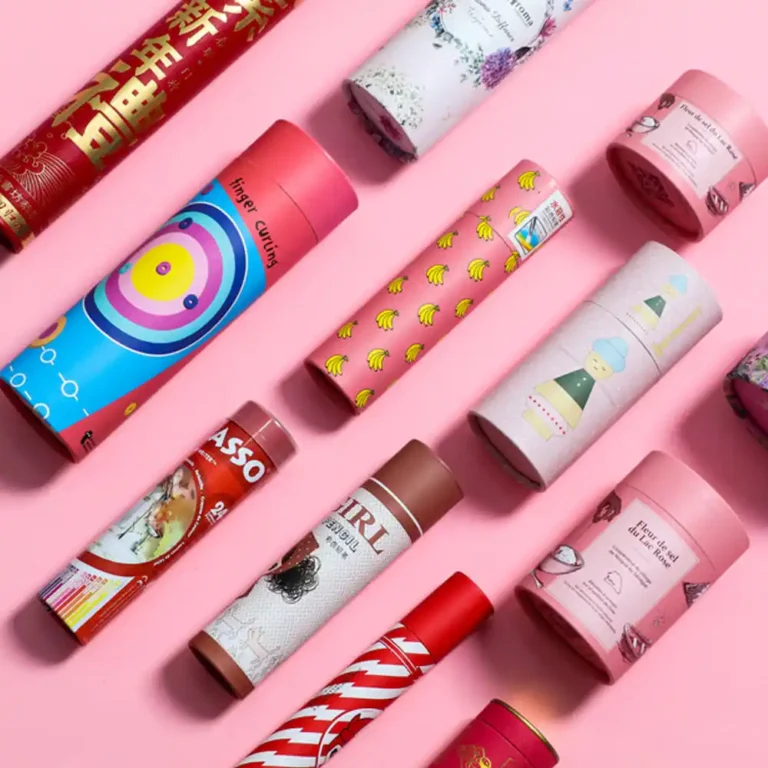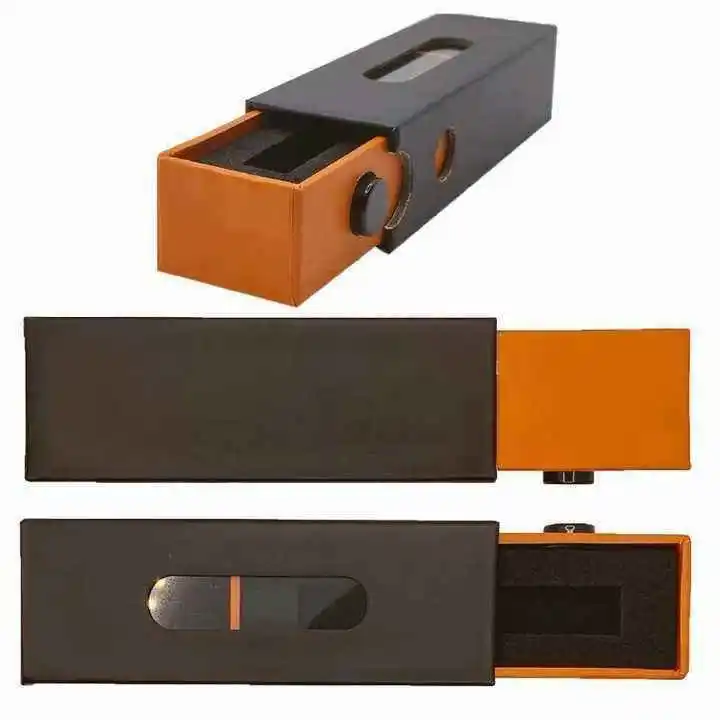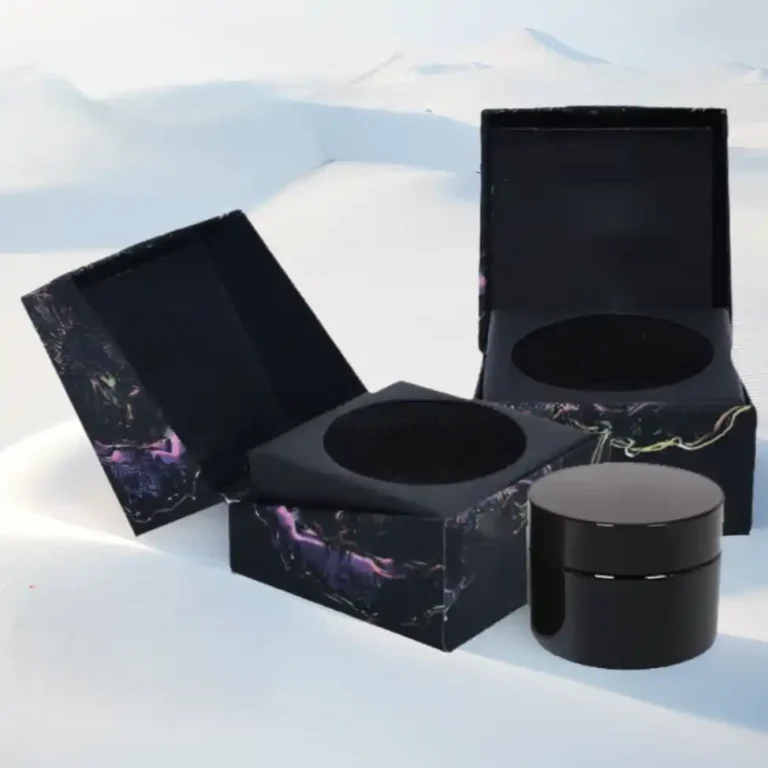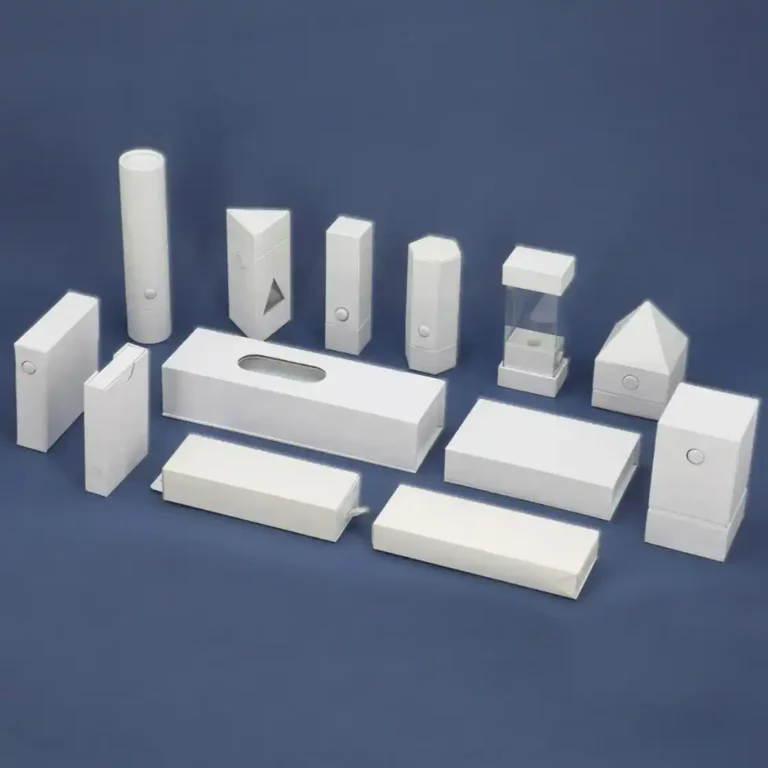“Green” Packaging Revolution: The Sustainable Future Of The Daily FMCG Industry
Sustainability isn’t a trend piece anymore—it’s the operating system. In daily FMCG, packaging now has to earn its place on shelf, in transit, and in recycling streams. Here’s a practical, human-level guide to building greener packs that perform, scale, and sell.
Table of Contents
Material innovation: from “non-degradable” to “recyclable”
Mono-material films and rigid PCR
The fastest wins come from swapping complex laminates for mono-PP or mono-PE films and specifying post-consumer recycled content for bottles, closures, and trays. Simpler structures mean clearer recycling paths and fewer headaches at sortation.
Fiber-first formats with barrier coatings
Paper and paperboard keep advancing with water-based or dispersion barriers. For retail and e-commerce outers, sturdy fiber beats mixed substrates—see inspiration in printed corrugated boxes and compact folding cartons.
Right material for the use-case
Not every SKU needs high-barrier plastic. Dry goods, sets, and gifting can go fiber-forward with recyclable paper gift boxes or minimalist kraft options like kraft paper gift boxes.

Design optimization: reduction and intelligence
Lightweighting and right-sizing
The greenest gram is the one you never add. Lock in tight dimensional tolerances, cut headspace, and standardize footprints so cases nest and pallets cube out efficiently.
Component minimization and smart details
Trade multi-piece foam or plastic inserts for die-cut board. Where brand storytelling matters, print inside panels or add scannable triggers instead of extra leaflets. For retail presence, ship-flat cardboard displays assemble fast and reduce logistics emissions.
E-commerce ready by default
Design shippers to survive last-mile abuse without overpacking. When a branded unboxing is needed, pair outer corrugate with precise inner folding cartons to prevent damage without padding creep.

Circular system: full-chain collaborative construction
Design for real recycling streams
Specify inks, adhesives, labels, and closures that don’t contaminate recovery. Communicate specs clearly to converters and co-packers, and align with local stream guidance.
Collection, sorting, and reprocessing alignment
Great design fails if it can’t be collected. Treat recyclability, reuse, and reduction as parallel tracks, not trade-offs. For fiber outers and displays, leverage resilient printed corrugated boxes that already fit curbside systems.
Supplier scorecards and shared data
Track material IDs, PCR percentages, and end-of-life claims at SKU level. Standardize briefs across your portfolio so changes scale instead of restarting from zero each time.

Policy and consumer dual drive
Regulatory momentum
Markets are tightening rules on recyclability, labeling, and minimum recycled content. Build compliance into artwork and BOMs, not as a last-mile claim.
Demand signals on shelf and online
Shoppers increasingly check sustainability at a glance. Clear structural choices—like fiber-forward packs, refill options, or simplified mono-materials—are easier to understand and trust than vague eco language. Use category-appropriate formats such as recyclable cosmetic boxes for beauty, or durable tubes for dry goods.
Innovation case: Benchmark for sustainable packaging practice
Mono-material pouches for everyday categories
Snack, personal care, and household refills can move to mono-film, with matched zippers and valves to keep the pack in one stream.
Fiber-forward gifting and premium sets
Rigid board sets can be stunning and circular. Explore elegant structures within paper gift boxes and minimalist kraft looks that signal natural, low-ink design.
Cylindrical paper tubes for dry formats
For teas, powders, or sets, consider paper tube packaging with stream-compatible linings to reduce plastic mass while keeping shelf appeal.
Retail and promotion at lower footprint
Switch bulky acrylic fixtures to flat-pack cardboard displays. They print beautifully, ship efficiently, and recycle widely.
Future Outlook: A Must-Answer Question for Green Transformation
By 2030: default recyclable, measurable impact
Expect “recyclable by design,” minimum PCR, and clear on-pack guidance to be standard tickets to play. Brands that master spec discipline and supplier orchestration will iterate faster and win retailer trust.
Digital traceability and reuse pilots
QR-linked datasheets and deposit/return pilots will scale where density supports them. Even if your core stays single-use, get your data house in order—materials, inks, adhesives, and verified claims at SKU resolution.
Conclusion
Greener packaging isn’t a single leap; it’s a series of precise decisions. Start with materials you can actually recover, remove everything that doesn’t earn its keep, and align partners around the same spec. When you’re ready to move from ideas to samples, browse the homepage and explore our products—from printed corrugated boxes and folding cartons to paper tube packaging, paper gift boxes, cardboard displays, and kraft paper gift boxes.











